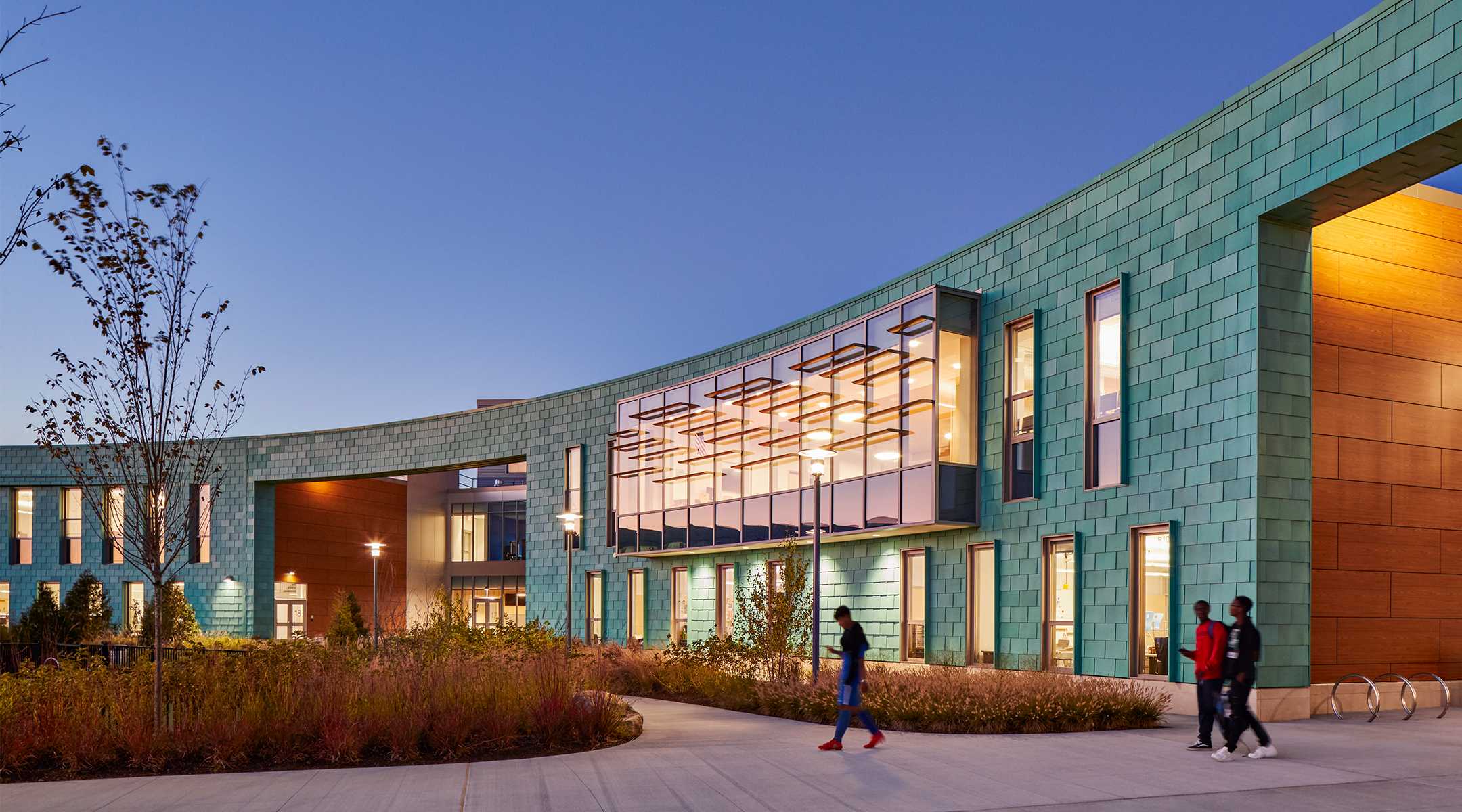
In today’s world of digital architecture, one term appears more than all others: BIM. Building Information Modeling (BIM) concerns the appending and otherwise referencing of data in a digital model. Architects use BIM for a variety of reasons, but the common denominator of BIM use is having a single model which serves as a touchpoint for coordination between internal and external teams.
Flansburgh Architects, a Boston-based firm that specializes in educational architecture, implemented a Big BIM workflow for the design of a new school for the town of Holbrook, Massachusetts. Kent Kovacs, AIA, Vice President and principal-in-charge and Brian Hores, AIA, BIM Manager shared how this process benefited the project.
The New Holbrook School
The program was to merge the town’s three existing schools into one building, which now serves 1,095 students from pre-kindergarten through grade 12. There are separate entrances and spaces for pre-k-5 and grades 6-12.
The two-story 217,353 gsf building is organized by an internal circulation spine bent around the campus green that connects the lower elementary school entrance on one end of the curve to the upper middle-high school entrance on the other end curve. The shared common spaces (gymnasium, arts, cafeteria, media center, and auditorium) and academic neighborhoods are accessed directly off this main path of circulation. A separate community entrance at the middle of the arc allows the academic wings to be locked during after-school activities.
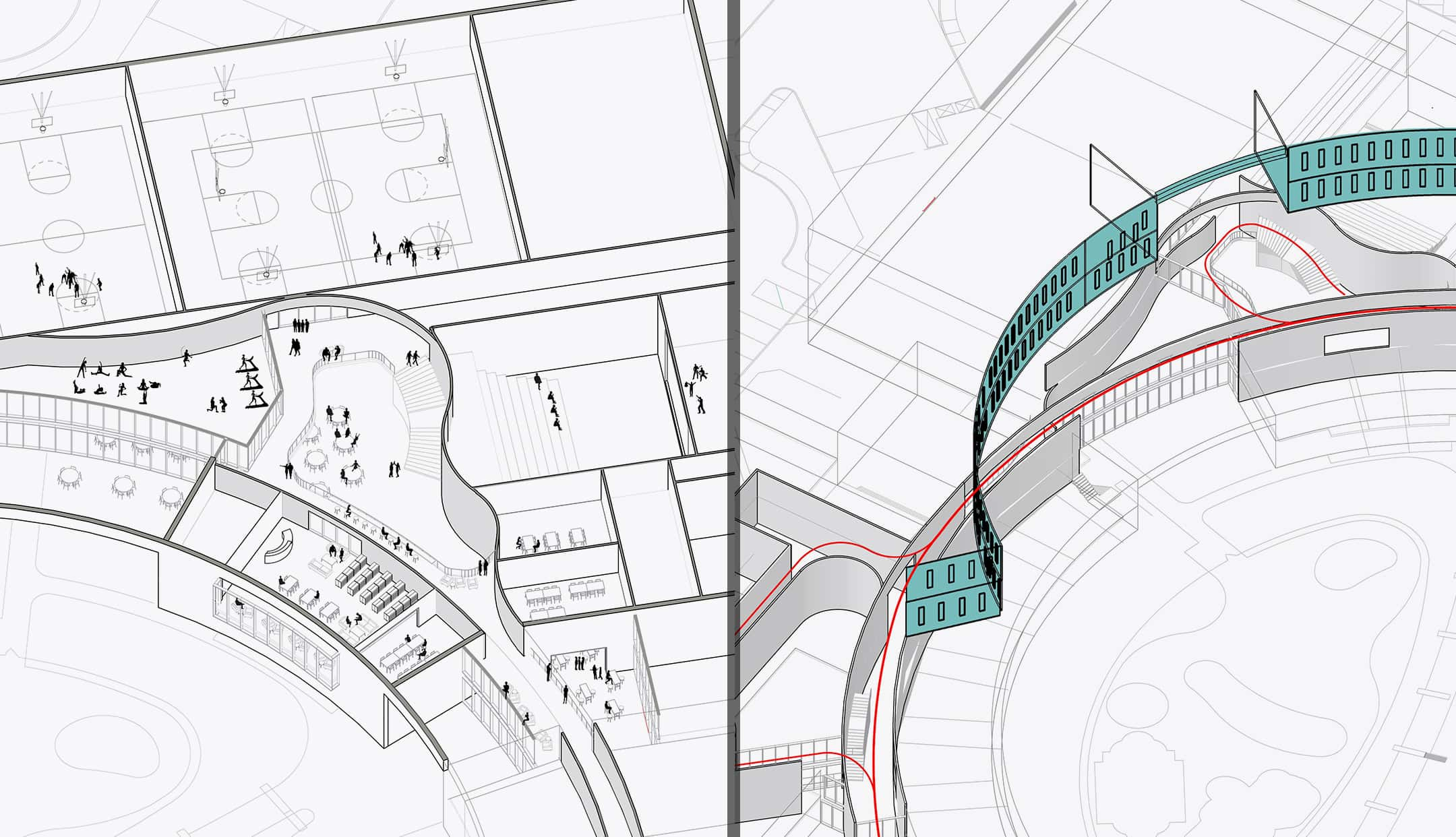
"The defining element of the building’s exterior envelope involved the use of a distinctive pre-patinaed copper panel system along the entire front curve of the building," Kovacs said. "This specific building material was selected for its timeless quality to represent the most important new building in the Town of Holbrook and serves as a natural backdrop for the new campus green."
The total site area includes approximately 37 acres and contains several new fields including a football/soccer field with a running track, baseball field, and softball field. Flansburgh reports that the Holbrook project has been certified LEED Gold and boasts 35 percent water savings and 34 percent energy savings over the typical baseline.
Flansburgh Architects on Adapting Big BIM
Until the Holbrook project, Flansburgh had been using building information modeling among the internal design team for architectural documentation and coordination. To work effectively with external contractors and consultants, Flansburgh developed a BIM-centric process.
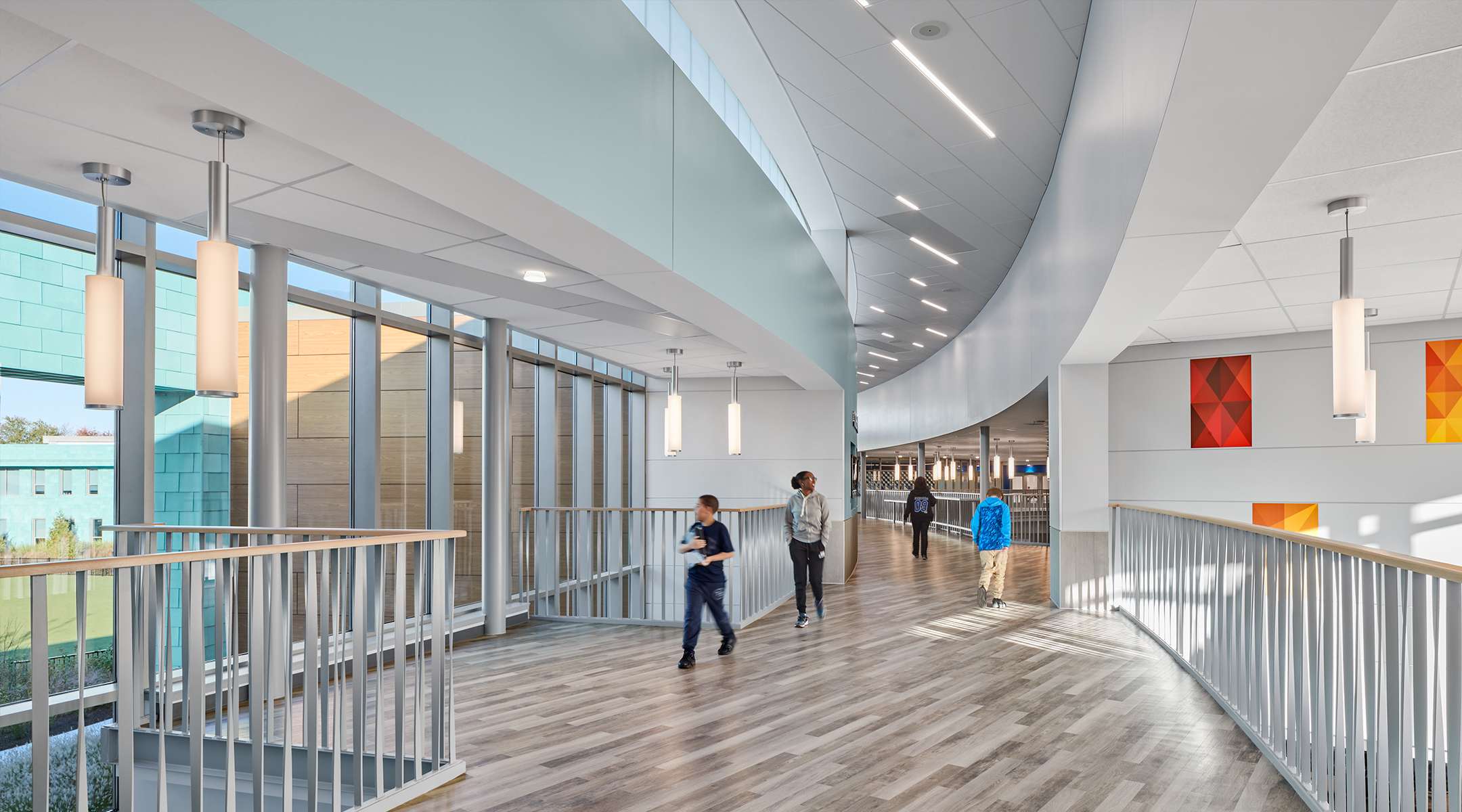
Hores says implementing BIM for coordination was a fairly intuitive process for Flansburgh. After all, the firm had been utilizing building information modeling for years prior. Their challenge came in expanding their collaboration to work with the consulting engineers and handing off the models to the construction team.
“We didn’t just flip a switch and suddenly we’re doing BIM,” said Hores. “We built upon past experience. It is our goal to take the BIM process another step further with every new project.” Kovacs and Hores agree on what may be the biggest selling point for working in BIM— the fact that there can be one collaborative model with multiple kinds of data attached to it.
“Having the ability to combine all trades into one building model during early phases of design prevents problems in the future,” Kovacs recalled. “For coordination purposes, this model is shared with construction managers and contractors leading up to construction for coordination purposes. This approach eliminates surprises, aids in maintaining the schedule, and most importantly, avoids a break-down in communication across all parties from designers to builders.”
During the construction process, Bluebeam — a sister company to Vectorworks and also part of the Nemetschek Group — was deployed for document reviews and commenting, as well as the overall coordination and to issue sketches to project stakeholders.
BIM As a Design Language
Each discipline used their preferred software in the BIM process, which included Vectorworks, Solibri, AutoCAD, Revit, Navisworks, Autodesk BIM 360, and more. Using the IFC file format allowed all of the consultants to stay on the same page, despite having used different authoring applications. Known as the common ground in BIM, IFC provided a verifiable standard for the teams to exchange data and engage in what is known as an Open BIM process.
Flansburgh did their architectural design in Vectorworks, then used IFC to import, export, and reference files from all the consultants and subcontractors. Hores said they worked with engineers who developed structural and MEP models in Revit, but they were still able to collaborate due to Vectorworks’ import tools.
“Using a 3D design tool always helps clients visualize the design process, but the real benefit is being able to use the models as a tool for coordination during construction." BRIAN HORES, AIA, BIM MANAGER AT FLANSBURGH ARCHITECTS
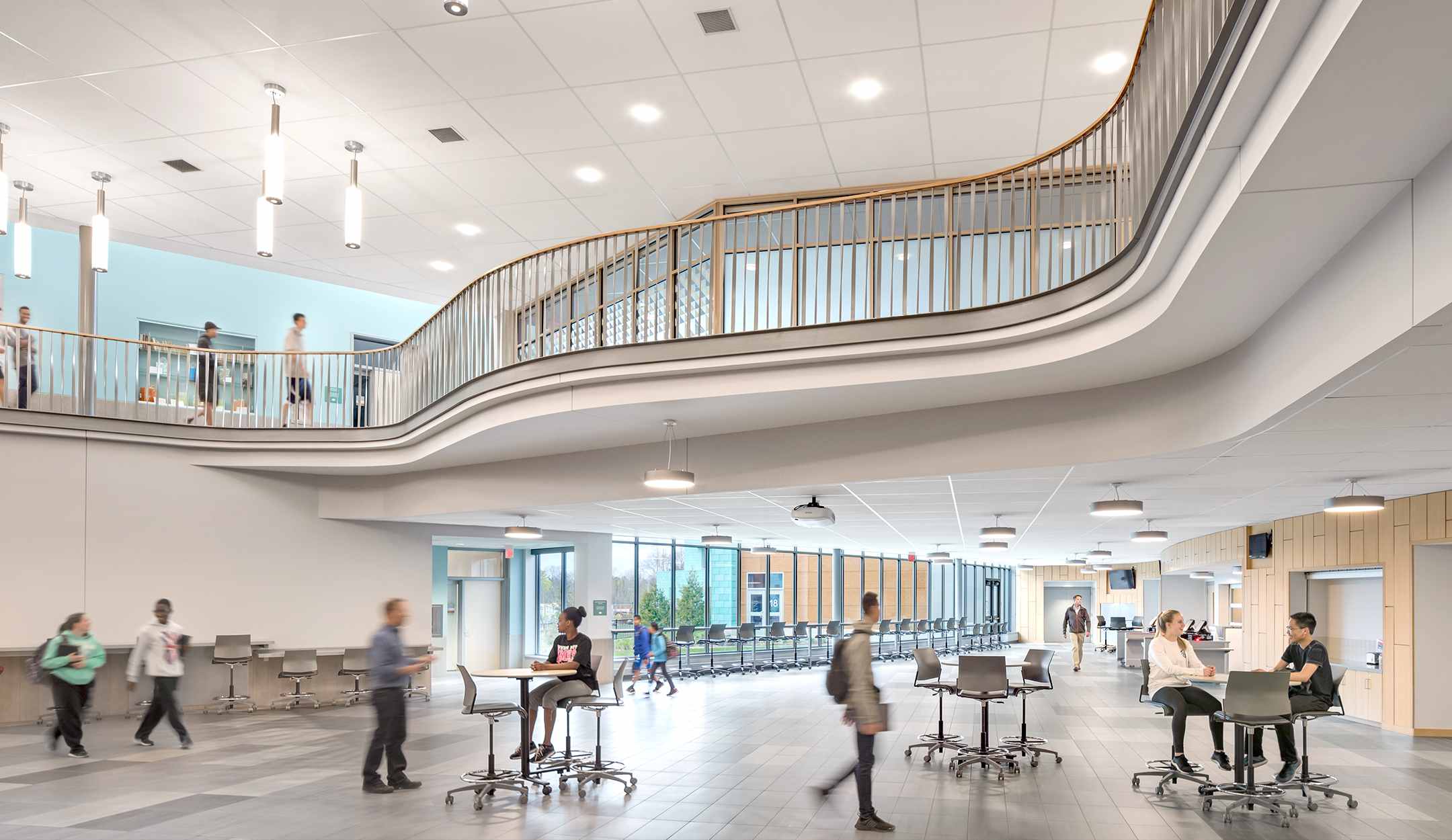
“Having a piece of software that uses a non-proprietary-based data exchange means the files can be easily shared,” Hores said. “This allows us to use other tools and not be forced into one ecosystem — it allowed the multi-disciplined design team to use their preferred system.” “I think in the end what really resonated with us on the Holbrook project was comparing the design model to the construction progress images and final building photos to see how closely they aligned,” Hores said. “Using a 3D design tool always helps clients visualize the design process, but the real benefit is being able to use the models as a tool for coordination during construction.”
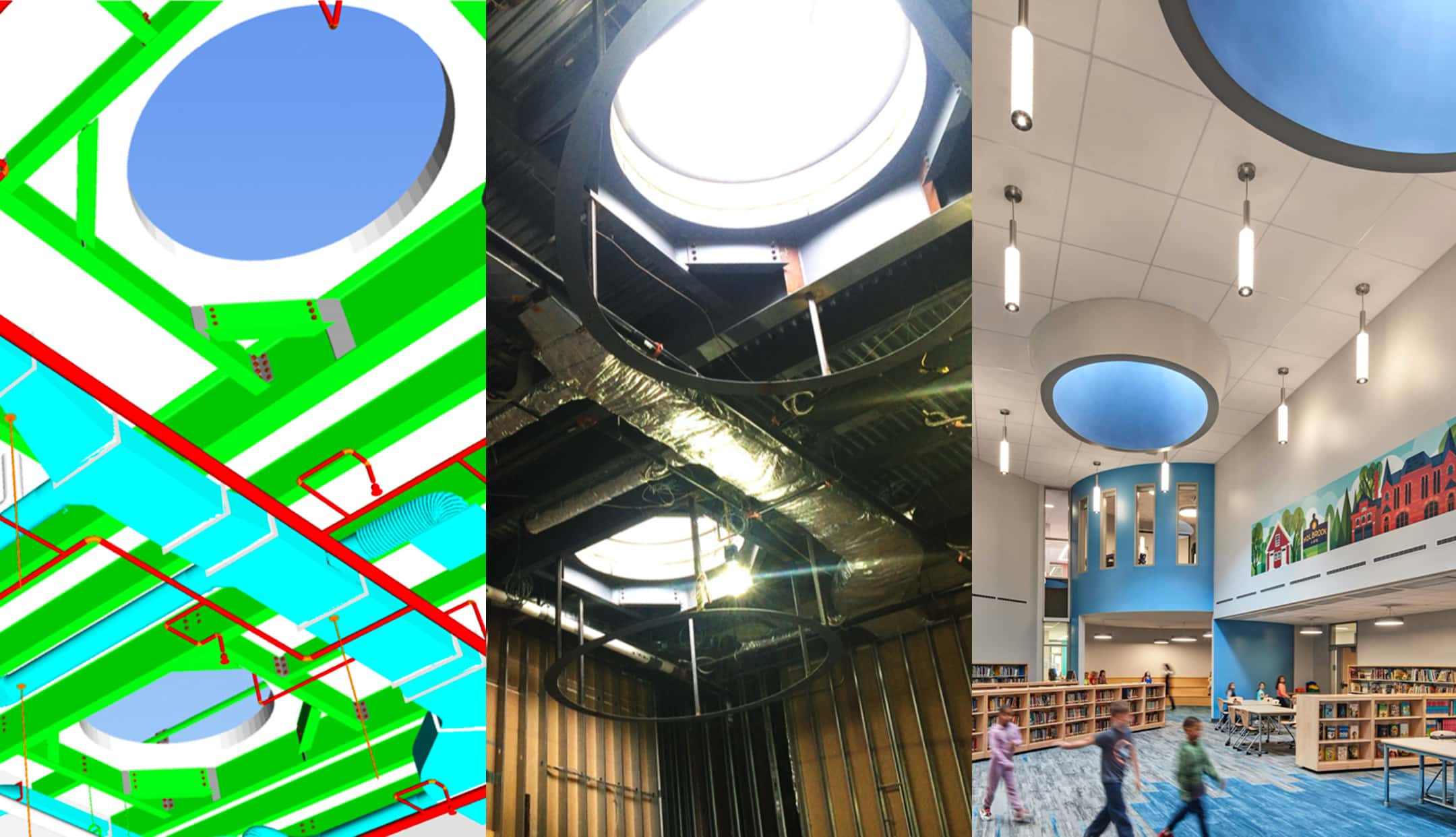
Flansburgh’s work on their Holbrook School project proves that Big BIM workflows work best when data exchange is vendor-agnostic — the AEC industry is bound to flourish when architects, engineers, and construction professionals can all work in the software they prefer.
Learn more about how others incorporate Big BIM into their Vectorworks workflow
Stay in the know with the latest insights
Subscribers receive news, customer stories, success and learning tips, event information, and other important announcements from Vectorworks.
By submitting this form, you agree that Vectorworks, Inc. and its authorized partners may contact you in regards to news, offers, and the use of our software, services, and platforms. Learn more about our privacy practices and your data on our privacy page.*